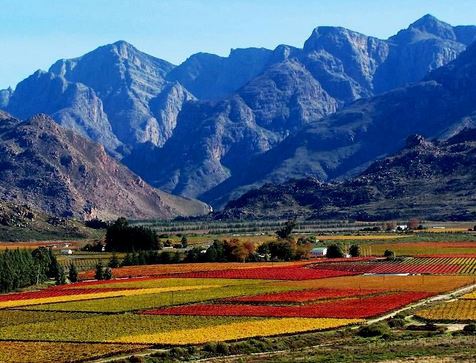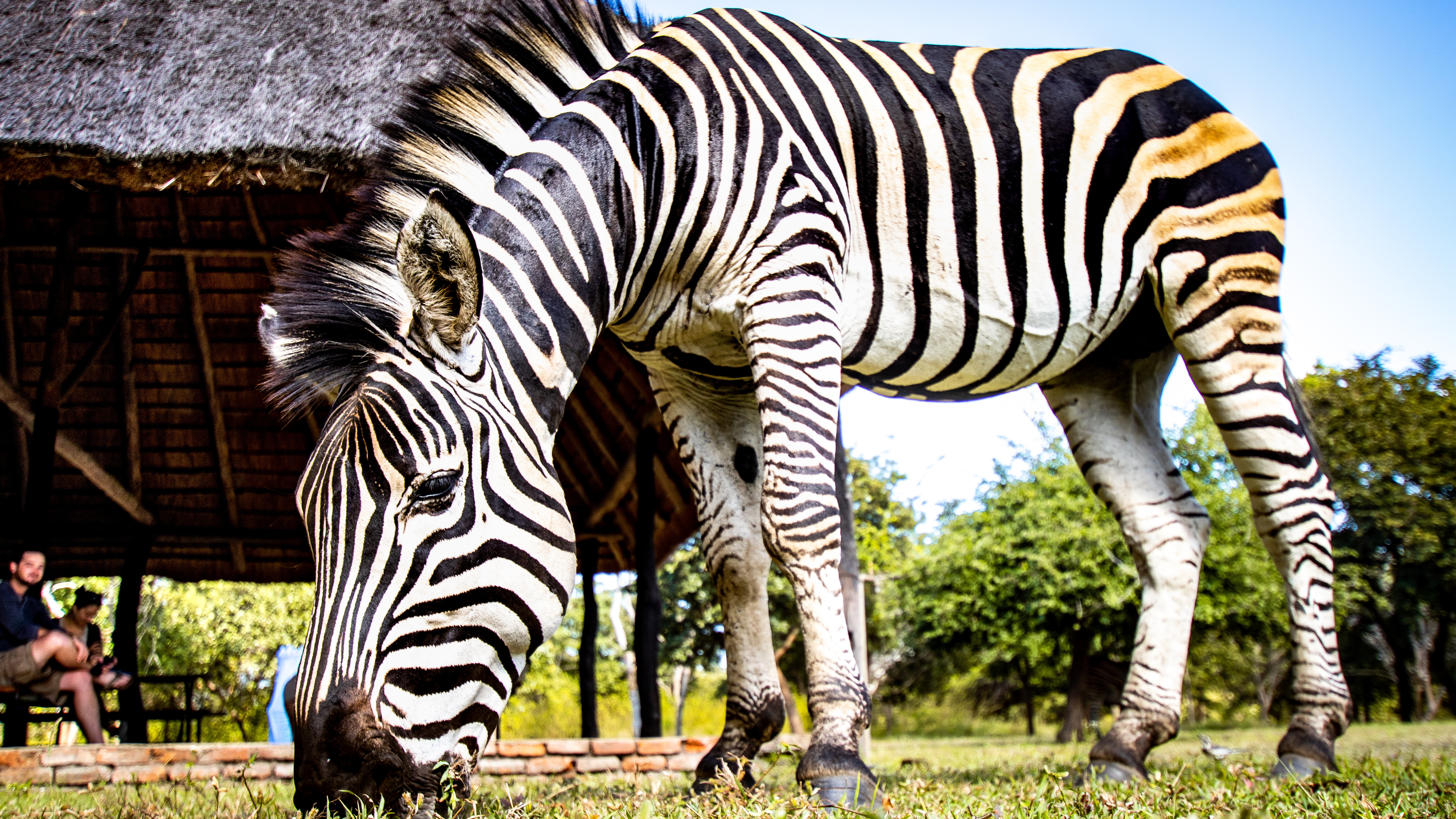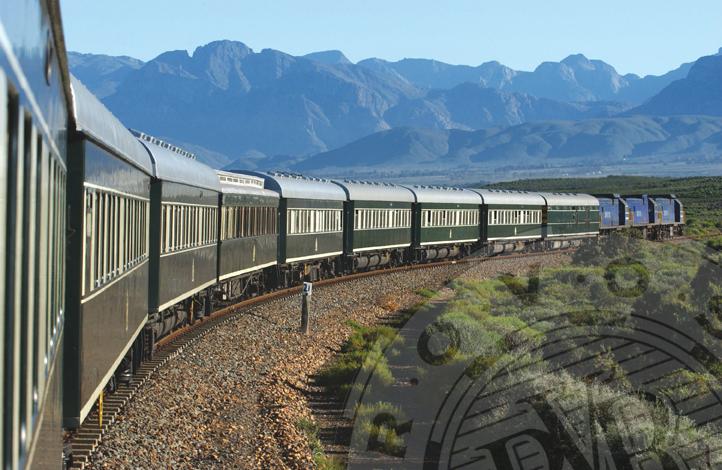Best travel time to South Africa
Below we list a few guidelines that you can take into account when planning your trip based on areas you want to visit. Note that the seasons in South Africa are exactly the opposite in comparison with the Netherlands.
Kruger Park – You can spot wild animals in the Kruger Park and surrounding parks throughout the year. Many people, however, prefer the somewhat cooler and dry winter months (around May to August). In this period when there is little water, animals migrate to water places and rivers. The vegetation is also not as dense as in the summer, which makes it easier to spot wildlife. In the early morning and evening you do need a warm vest / jacket during this period. Perhaps even a hat and scarf for an early morning game drive when the temperature is usually just below 10 degrees, but due to the wind when driving in an open safari vehicle it can feel much colder. During the day, however, it is lovely and the temperature is above 20 degrees and almost never rains. From November to February it is warm in the park and there is regular rain at the end of the afternoon or evening (often with thunderstorms). Most rain falls from November to April. The best travel time for a visit to the Kruger Park is perhaps the months of September and October, then spring is in the park.
Cape Town and the surrounding area: A cosmopolitan city like Cape Town is of course worth a visit all year round. But in the South African winter you have to reckon with gray and cool weather in this part of the country with regular rain. Winter is the wet season in this area, so it is different from the Kruger Park. Are you going to Cape Town in the months of May to August? Then bring a raincoat / cape. During this period it is cool with temperatures averaging between 16 and 19 degrees during the day and around 8 degrees at night. You also have to pack warm clothing during this period. In the summer the temperatures are lovely (25 degrees) and there is little rain. The wind can occasionally blow strongly and this ensures that the feeling temperature is much lower.
If you want to use the cable car to the top of Table Mountain, take into account the annual maintenance around the end of July-beginning of August. The cable car is then closed and you will have to go up on foot. In the winter there are regularly low clouds, which hinders the view from Table Mountain. In strong winds, the cable car is closed and the boat trip to Robben Island is canceled when the waves are too high.
The winelands and the Garden Route are frequently visited places in the Western Cape province. Here you can compare the weather in the South African winter with the Dutch summer. It can occasionally rain and be cool, but there will also be beautiful sunny days.
West Coast and Namaqualand – wild flowers: These areas in the western and north-western parts of South Africa are best known for the huge fields full of wild flowers that bloom in the spring. The exact flowering time is of course not predictable, but the best travel time for a visit to Namaqualand is in August and September. In these months you have the best chance of seeing this colorful phenomenon. Accommodations are fully booked quickly during this period, so plan your trip well in advance. Nature is also beautiful and worth a visit during the rest of the year. The winter months in Namaqualand can be cold in the early morning and in the evening (it can even freeze), but on average above 25 degrees during the day. In the summer you can expect high temperatures here during the day and even in the evening it does not cool off much. This area is classified as ‘half desert’ and therefore there is little rain. The area around the West Coast N.P. has somewhat milder temperatures than Namaqualand.
Durban and the Kwazulu Natal coast: In Durban and surrounding coastal towns, it is very busy in December and January and accommodations are quickly booked up. In most places, New Year’s Day is traditionally the busiest day on the beach. In the South African summer months it is actually too hot and the humility is too high in this area to really enjoy a long beach day. From December to March the average temperature during the day is 27/28 degrees and ‘cools’ it down to an average of 21 degrees in the evening. Humidity is no less than 80% in these months, making it sweaty. Many people prefer the months of April to October when the temperature is milder. The least rain falls in the winter (June / July) and these months have the most hours of sunshine and a pleasant daytime temperature above 20 degrees.
Busy periods / high season
A much easier question to answer is when is South Africa busy. Those who do not like crowds should avoid the months of December to January and the time around Easter. This is when most South Africans go on holiday themselves and especially on the coast (Cape Town, Durban, St. Lucia etc) it is extremely busy. Around this time, roads, border crossings, entrance gates to the Kruger Park, etc. are also much busier than normal. And not to forget, the prices for accommodation, for example, are higher in these periods.



